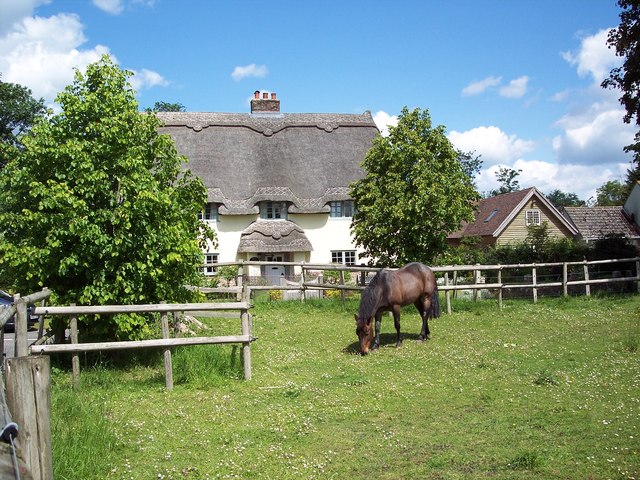 Photo: Trish Steel
Photo: Trish Steel
A horse or pony turned out in a field cannot survive without regular attention and should be checked on at least once, preferably twice, a day.
Even if you don't intend to ride you should catch your pony to do the regular health checks. Horses often get nicks and scratches when out at grass and these will need treating to prevent them going septic and causing further problems.
Water troughs need to be checked and cleaned regularly, algae grows very quickly in the summer, ice needs to be broken in the winter.
The perimeter fence, gates and field shelter all need to be inspected and repaired if necessary.
Fields also need to be inspected for litter which should be removed and other dangers such as broken branches which need to be sawn off close to the tree, rabbit or rat holes which should be filled in etc.
All of this should be done daily.
Dung should be removed from the field at least twice a week and you'll need to remove ragwort and any other poisionous plants as soon as they appear.
Your horse or pony will also need additional feed at certain times of year in the form of hay and/ or a bucket of feed such as pony nuts, soaked beet and chaff. These should be fed early morning and late afternoon so that the pony gets best advantage from the food.
During the winter your horse may need rugging and the rugs will have to be checked and rearranged if necessary twice a day.
Some horses and ponies will benefit from fly sheets in the summer, again these need to be checked twice a day.
Keeping a pony at grass also means that you have to learn about pasture management, your horse won't be able to stay on the same field for the whole year, the field will need resting. Sometimes the paddock will need harrowing, fertilising, weedkilling etc

